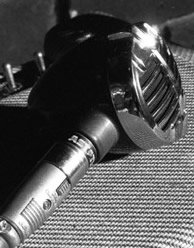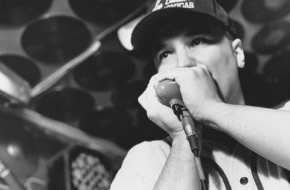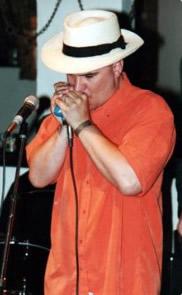 OK so you’re following some harp tab, or working on a toon, and you encounter repeated notes. Let’s take the start of Amazing Grace as our example. You can start either from Blow 6 – Blow 7 – Blow 7 or, for the more daring, Draw 2 – Blow 4 – Blow 4. New students will often articulate the repeated note using the ‘stop-start’ approach. They quite correctly sound the first of the repeated notes with a soft blow, stop, then blow again to play the repeated note.
OK so you’re following some harp tab, or working on a toon, and you encounter repeated notes. Let’s take the start of Amazing Grace as our example. You can start either from Blow 6 – Blow 7 – Blow 7 or, for the more daring, Draw 2 – Blow 4 – Blow 4. New students will often articulate the repeated note using the ‘stop-start’ approach. They quite correctly sound the first of the repeated notes with a soft blow, stop, then blow again to play the repeated note.
While this approach is perfectly fair, for the Beano and Dandy fans amongst us, it’s for softies. It’s too polite. We need to use the Dennis the Menace method and attack it with a hefty glottal stop.
What’s that? Imagine yourself in the cast of East Enders. Try saying ‘Better get some better butter’ with a cockney accent. You’ll need to use four glottal stops to get through and make it sound authentic. Still not clear? Don’t pronounce the t’s. Notice anything? Right – you’re not stopping and starting like a softy, but punctuating from the glottis (the space between your vocal chords). Welcome to Bash Street.
And it’s the same when playing those repeat notes. Breath flows continuously out from, or in to, your lungs but is interrupted by glottal stops from the back of your throat. For an extreme example, check out Junior Wells with Buddy Guy on Hoodoo Man. On the vinyl recording you can probably hear more glottal stop than harmonica! It’s an example of amplified ‘power harp’ playing….and yes I concede it is a classic.
If you find the glottal stop doesn’t come naturally, persevere. It’s actually a simple technique, but one you will have to master to improve your playing. Especially since it is closely related to that elusive throat vibrato we all want to find when we start out.
For the full tab to Amazing Grace click here
 Holes 7-10 and everything that goes with them. When I first took up the harp, it seemed players always asked each other two questions: ‘Do you tongue block?’ and ‘Do you use the top end?’ At that time I didn’t do either. I didn’t really know what they were.
Holes 7-10 and everything that goes with them. When I first took up the harp, it seemed players always asked each other two questions: ‘Do you tongue block?’ and ‘Do you use the top end?’ At that time I didn’t do either. I didn’t really know what they were.

